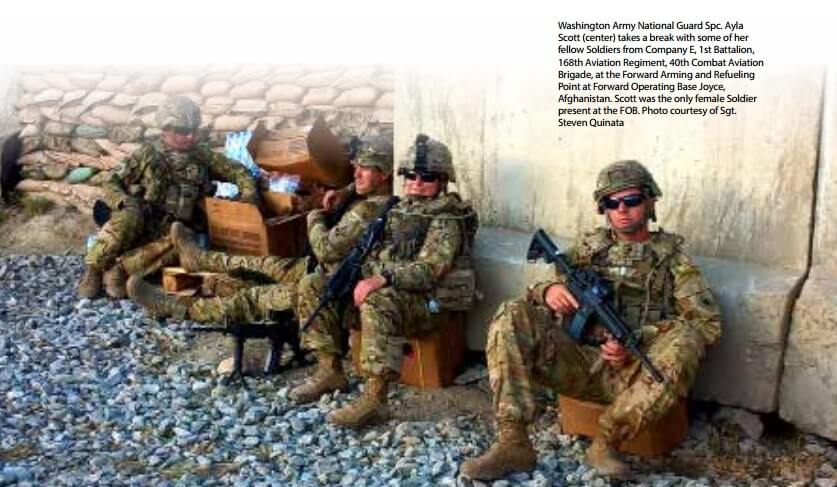I recently ran into a friend of mine whom I had not seen in several years. As he was in uniform, I asked him what was new. I had heard he had been picked up for battalion command and his unit was about to mobilize. He said it was true and that their pre-mobilization training had begun. Mobilizations and deployments are now a ho-hum event now for most in the Guard and reserve component.
After more than a decade of being operationalized, the reserve components of all the Services are now on a cycle of training and deploying. Some are deploying more than others, but there is still the need for the reserve component to fill in where the active duty folks cannot.
The nation’s wars that we have seen unfold over the past 16 years are a testament to the incredible volunteerism of this nation. The reserve component continues to attract members across this nation that answer the call, knowing full well the high probability of being deployed during their enlistment. With the new administration now in place, it will be interesting to see what comes of the current construct of using the reserve components to fill those gaps in the active components across the globe. There have been promises of new ships, new airplanes and more troops, but what will this mean to the mobilization tempo of the reserve components remains to be seen.
New policies and the reserve component
Our reserve components are undoubtedly better trained and equipped than they were pre-9/11, with the DOD funding badly needed resources that brought the readiness up to where it needed to be. However, over the last eight years, the nation’s leaders did not necessarily emphasize readiness of the military, so sequestration and shifting dollars from one account to another to pay for changing priorities became status quo. Some reserve component units were once again stripped of manpower, training dollars and equipment to get the next unit deploying up to where it needed to be. We saw the turning of the tide to slowly return the reserve components back to a strategic reserve.
What the new administration will focus on remains to be seen. At press time, strategies for resourcing and engagement still are ethereal and have not been released in hard copy. But the fact remains: readiness is a function of resources, and an unready unit is nothing more than a policy choice. We will now see how new policies drive the reliance and resourcing of our Guard and Reserves.
As for my friend and his mobilizing battalion, he will be just fine. The unit is getting the needed time to prepare and the dollars to do it. The morale is high, the troops know what to do and will once again do a superb job in theater. It is when they return in a little less than a year that I wonder how the unit will go forward. Will they slow down or slow down at full throttle?
— Col (R) R. Brian Williams recently retired after 30 years in the Army most of which was spent in the National Guard as an M-Day soldier and then an AGR officer, working in everything from Manpower to Strategic Planning. He currently teaches with the U.S. Army War College.

